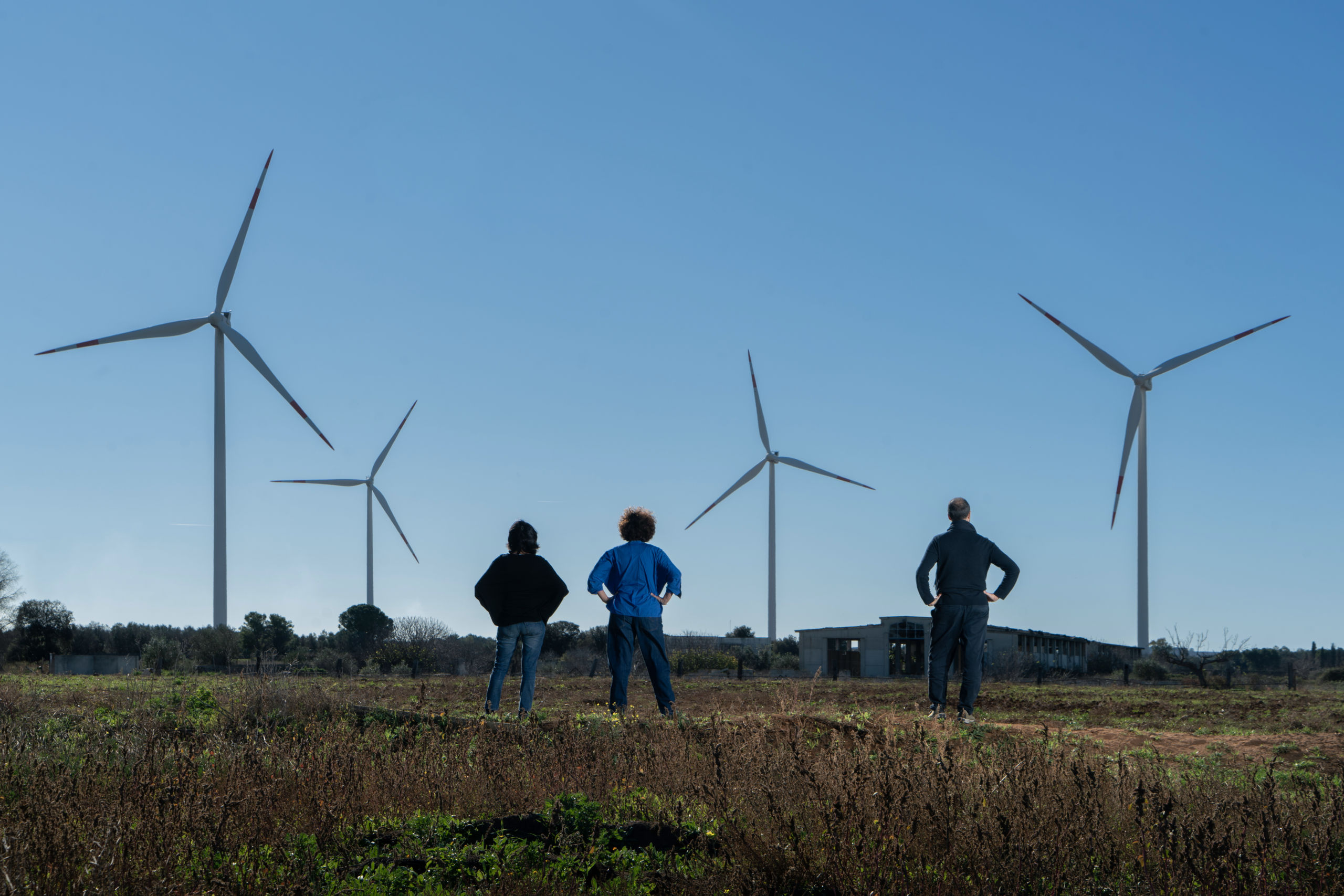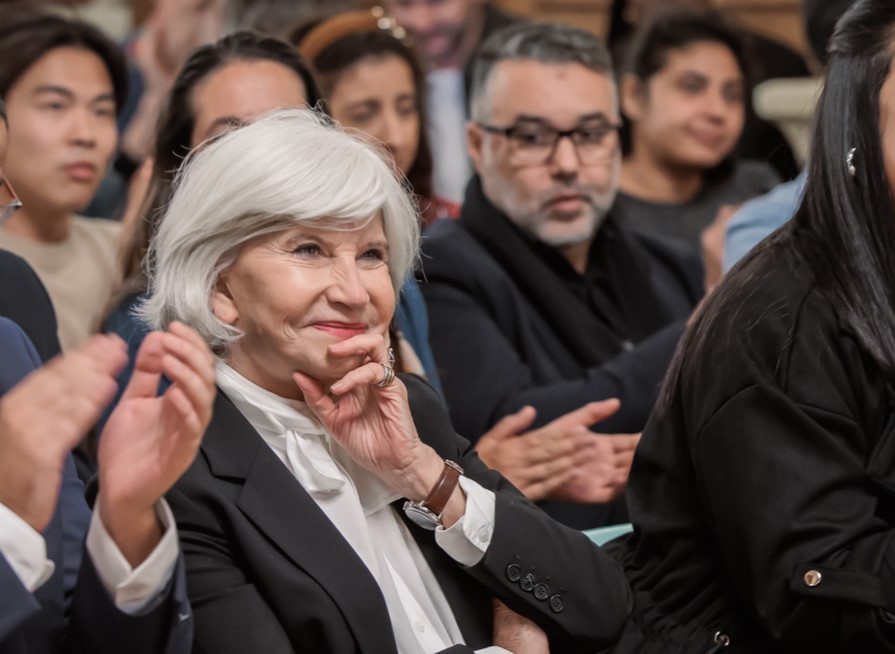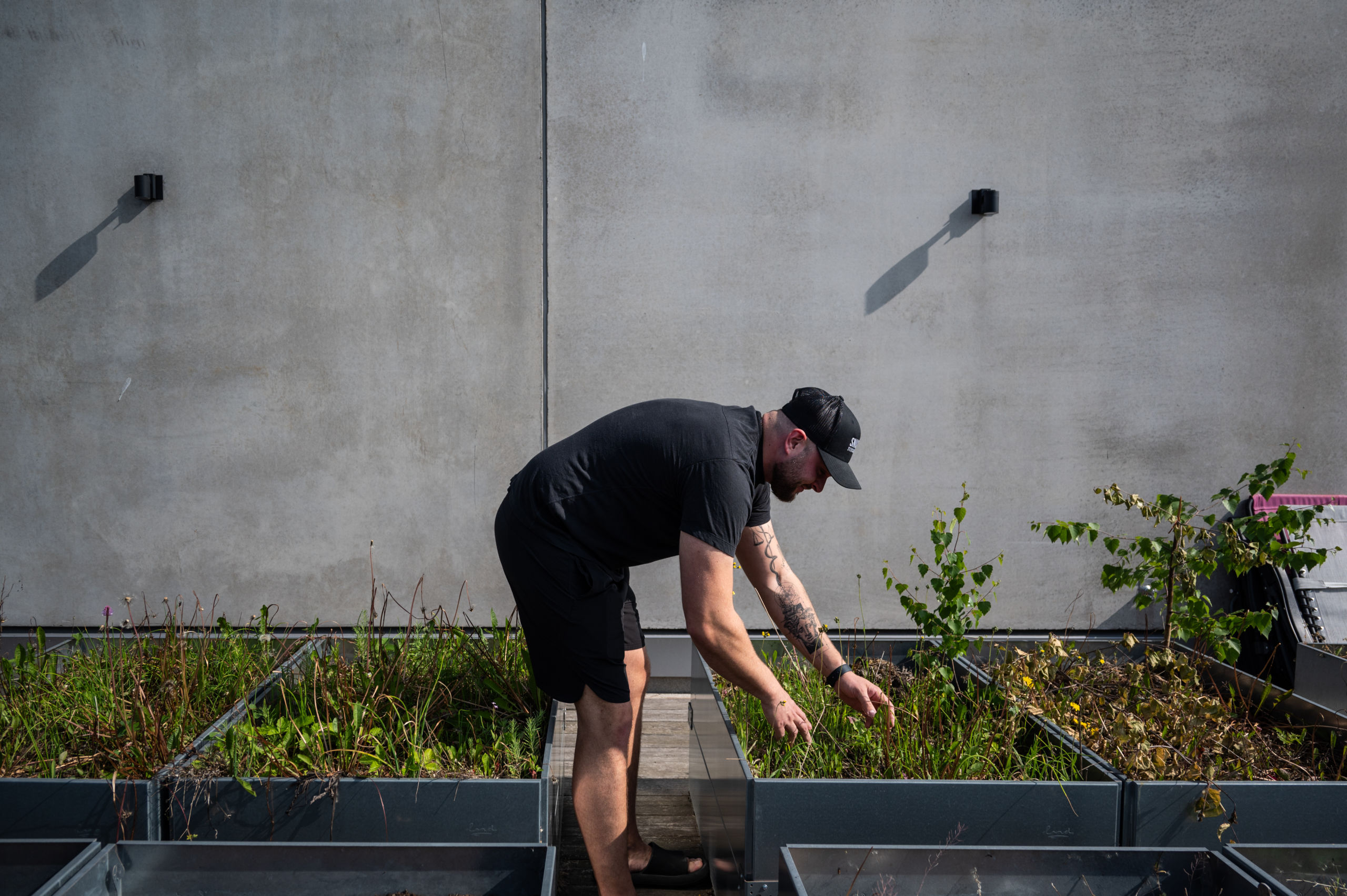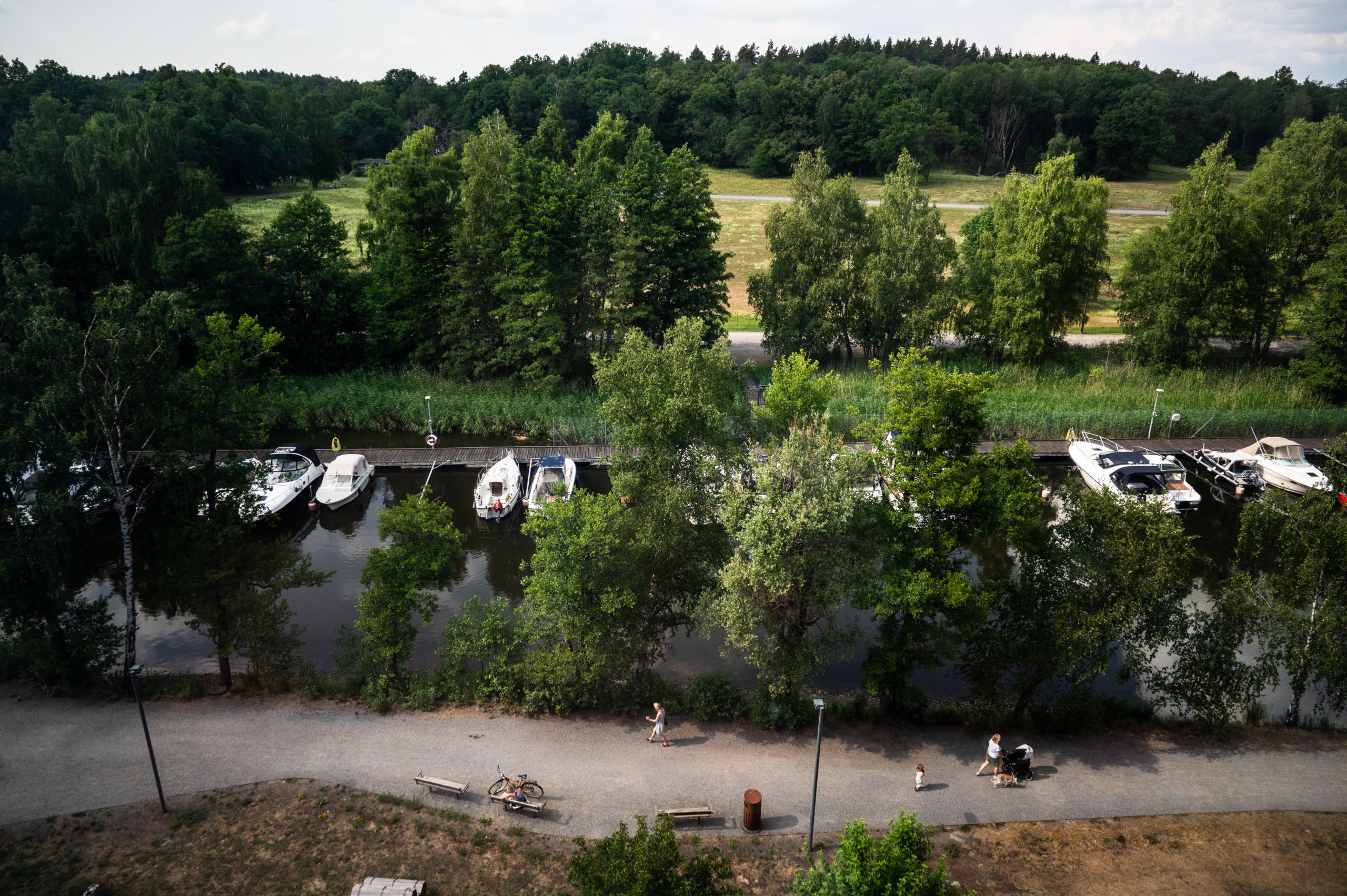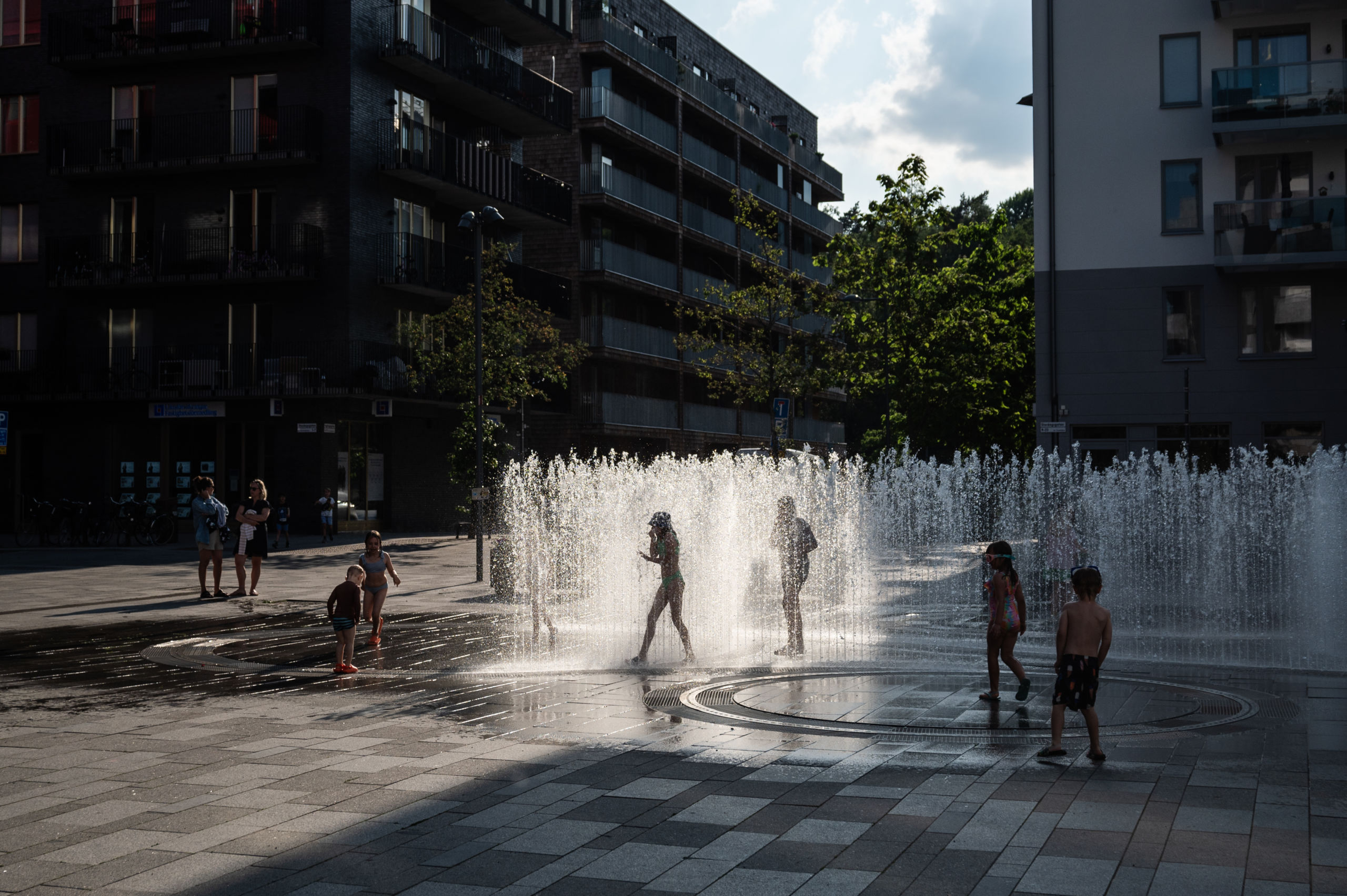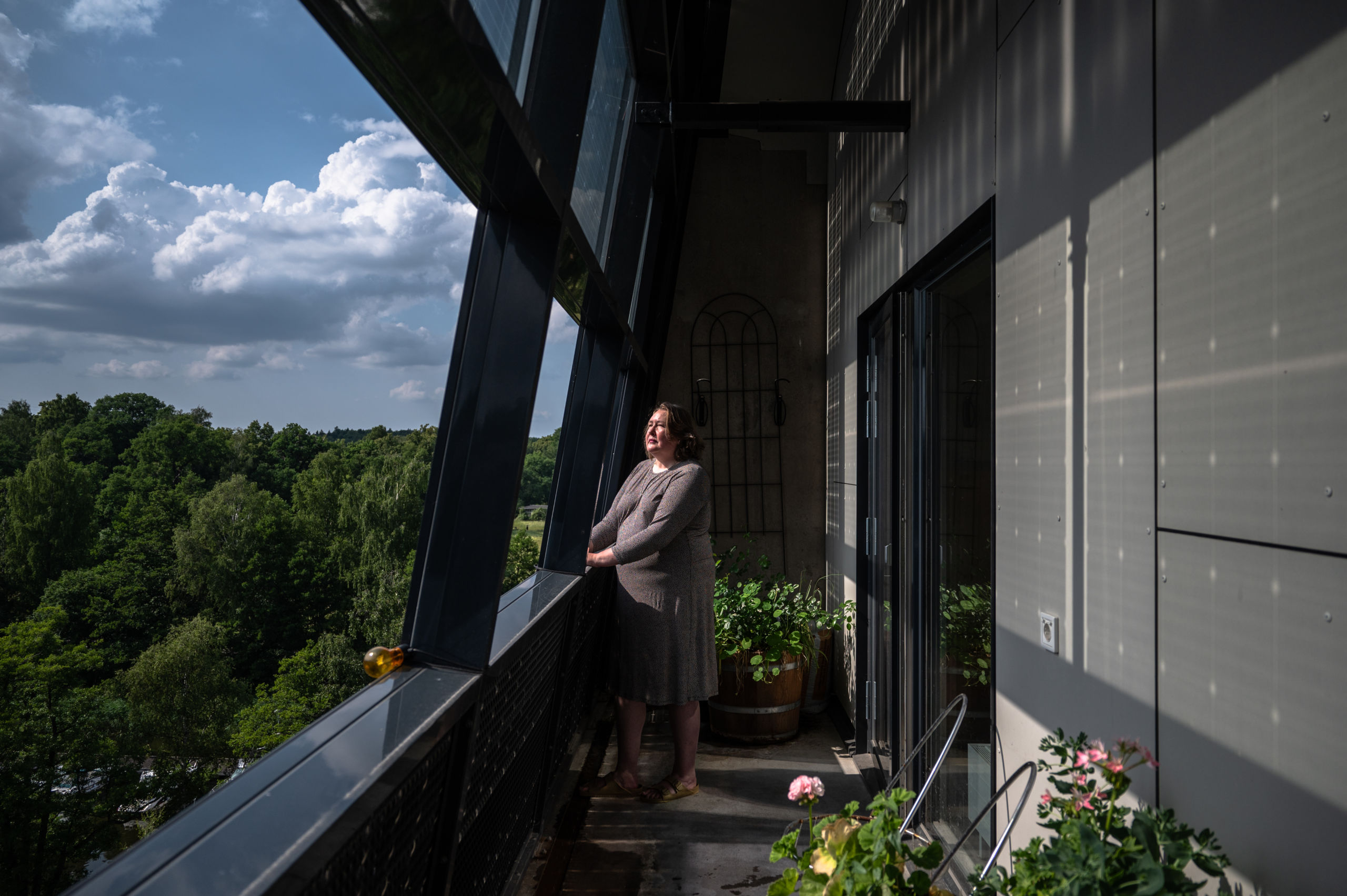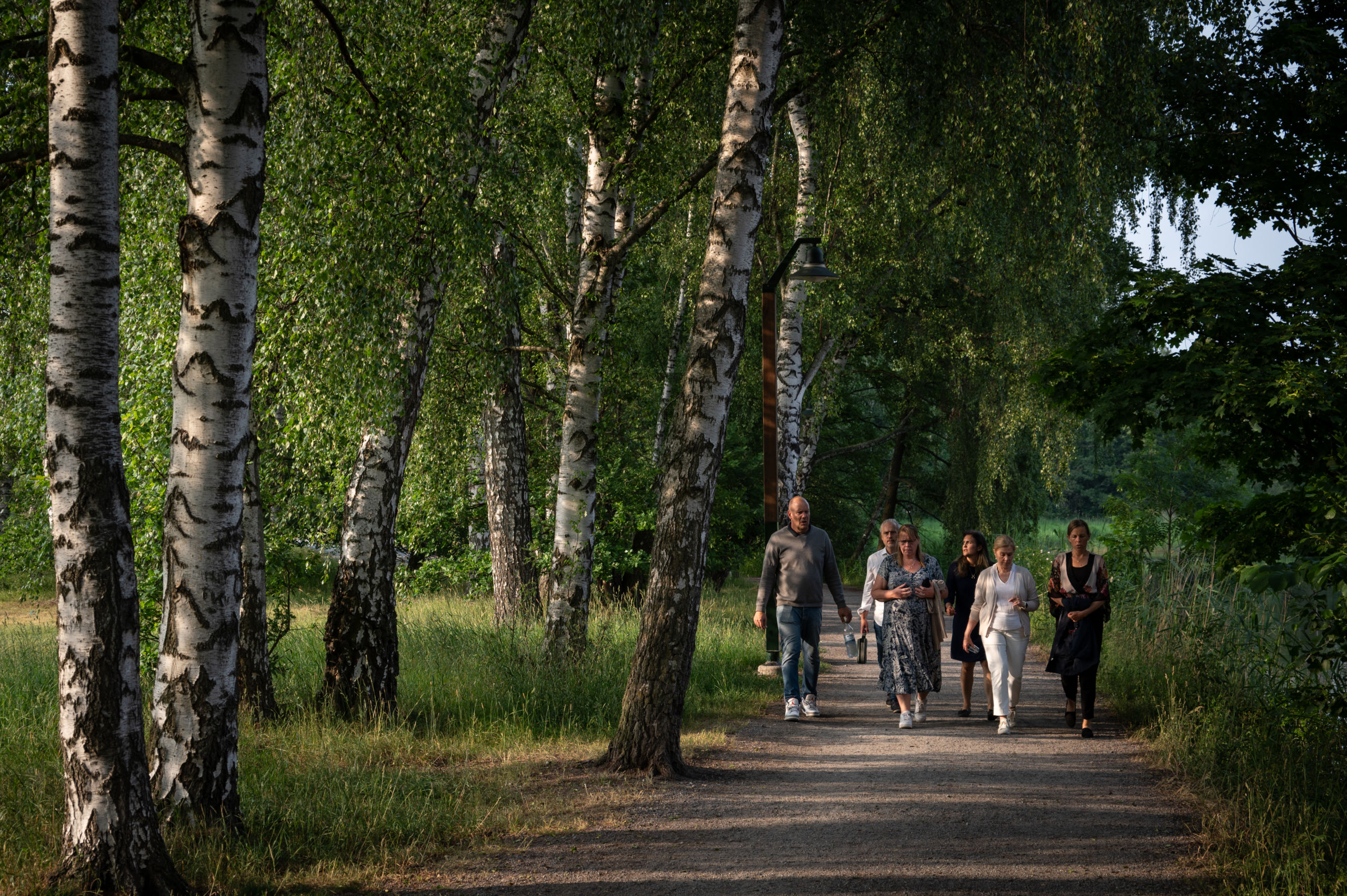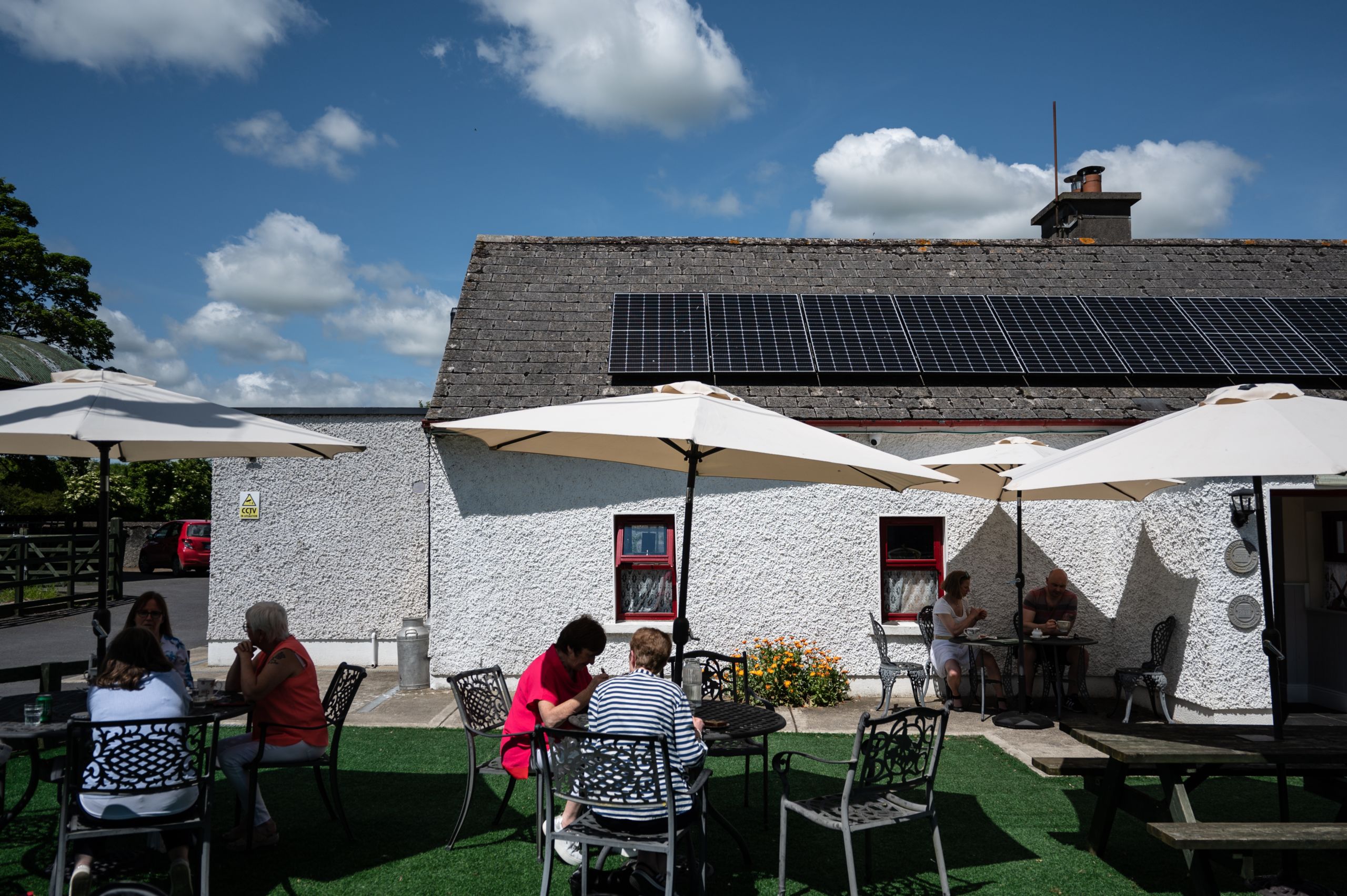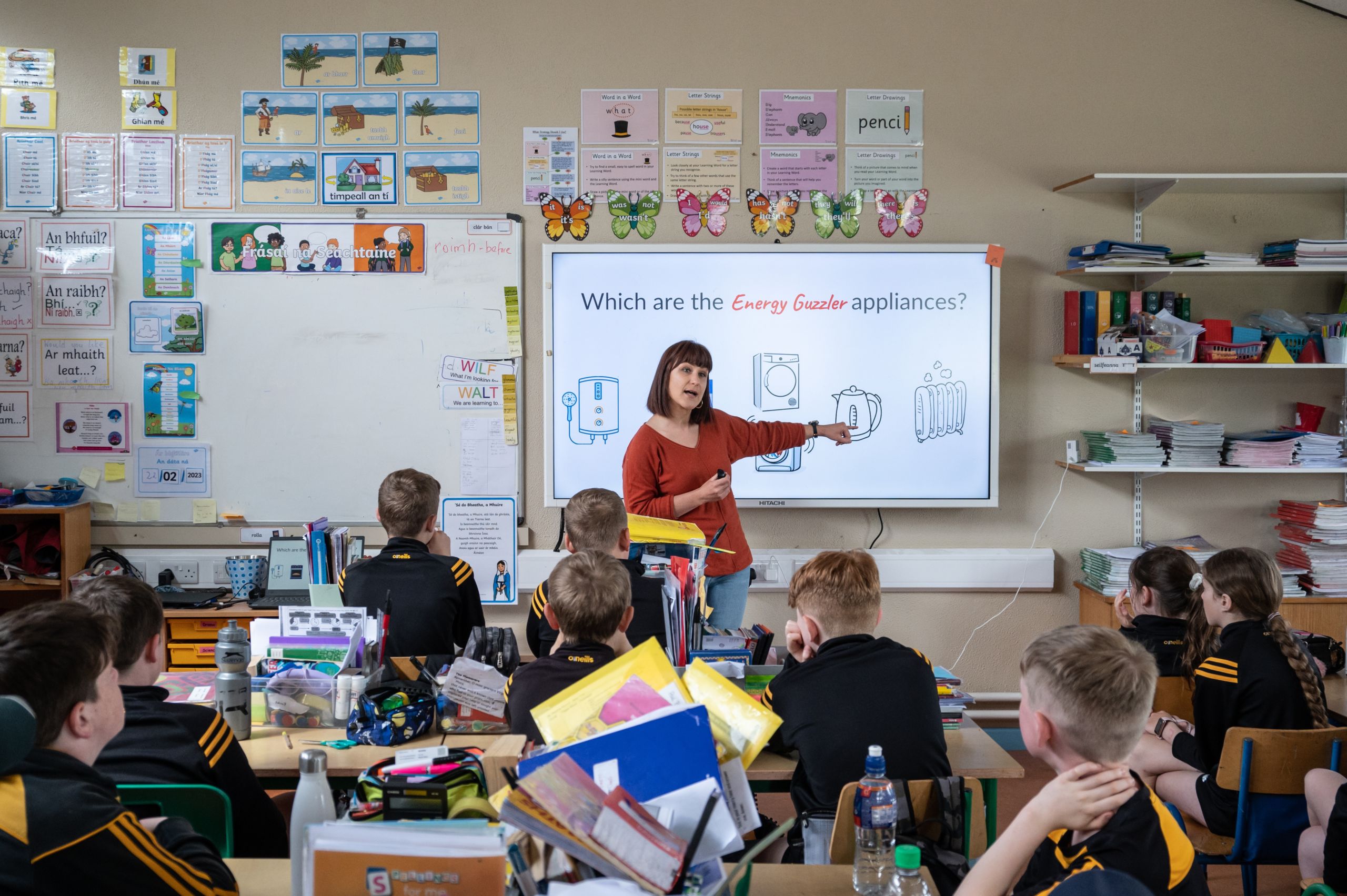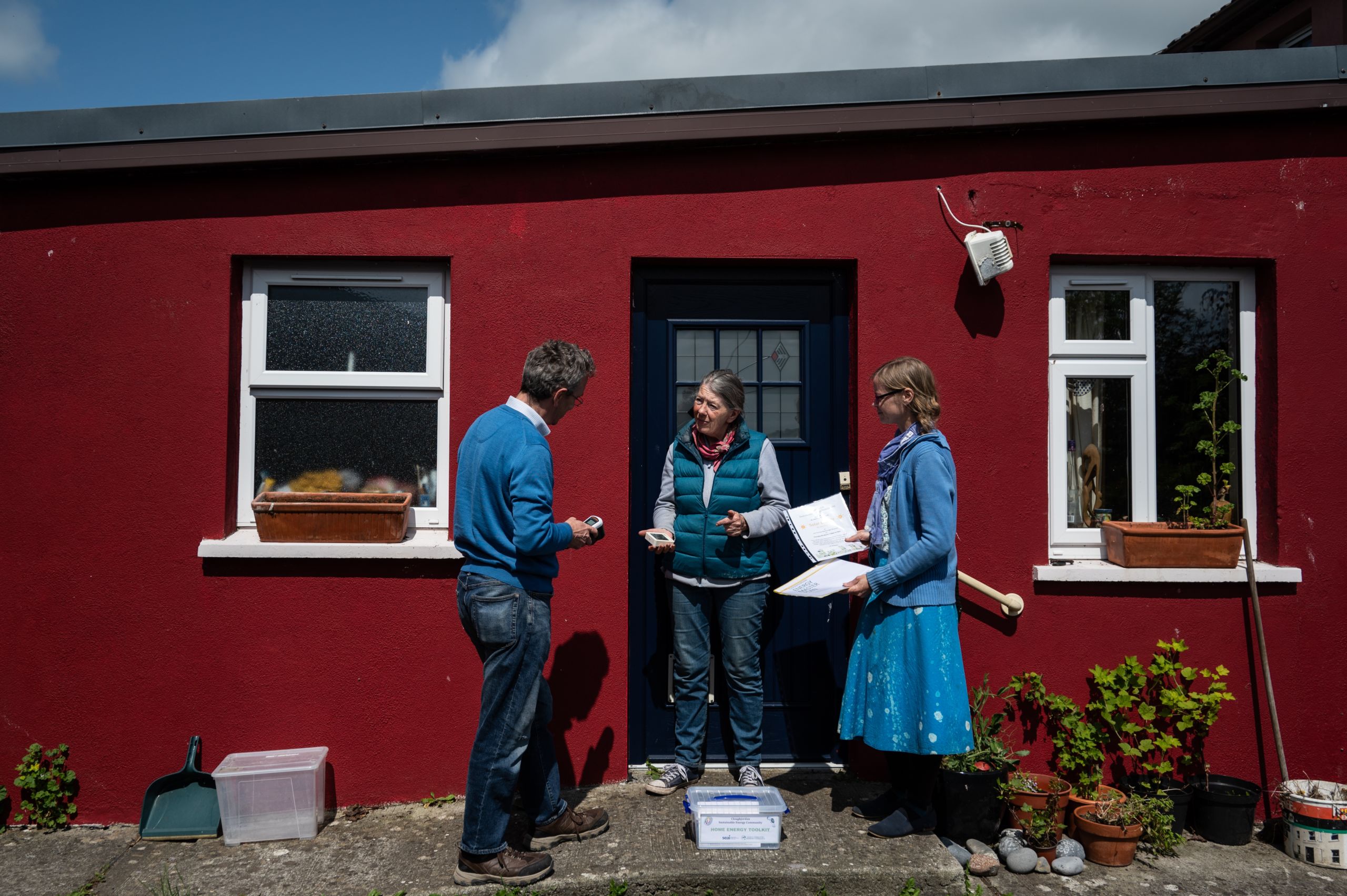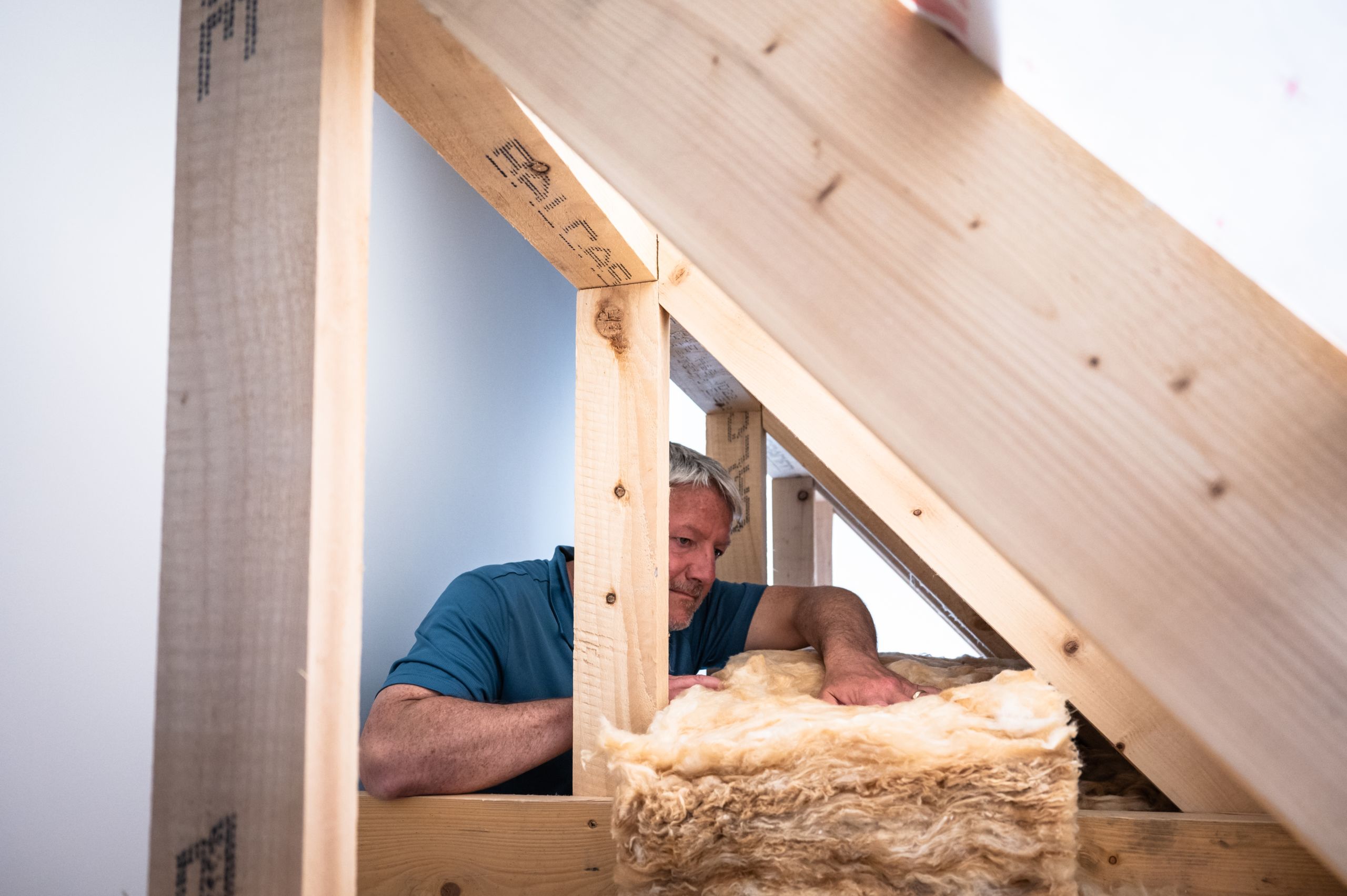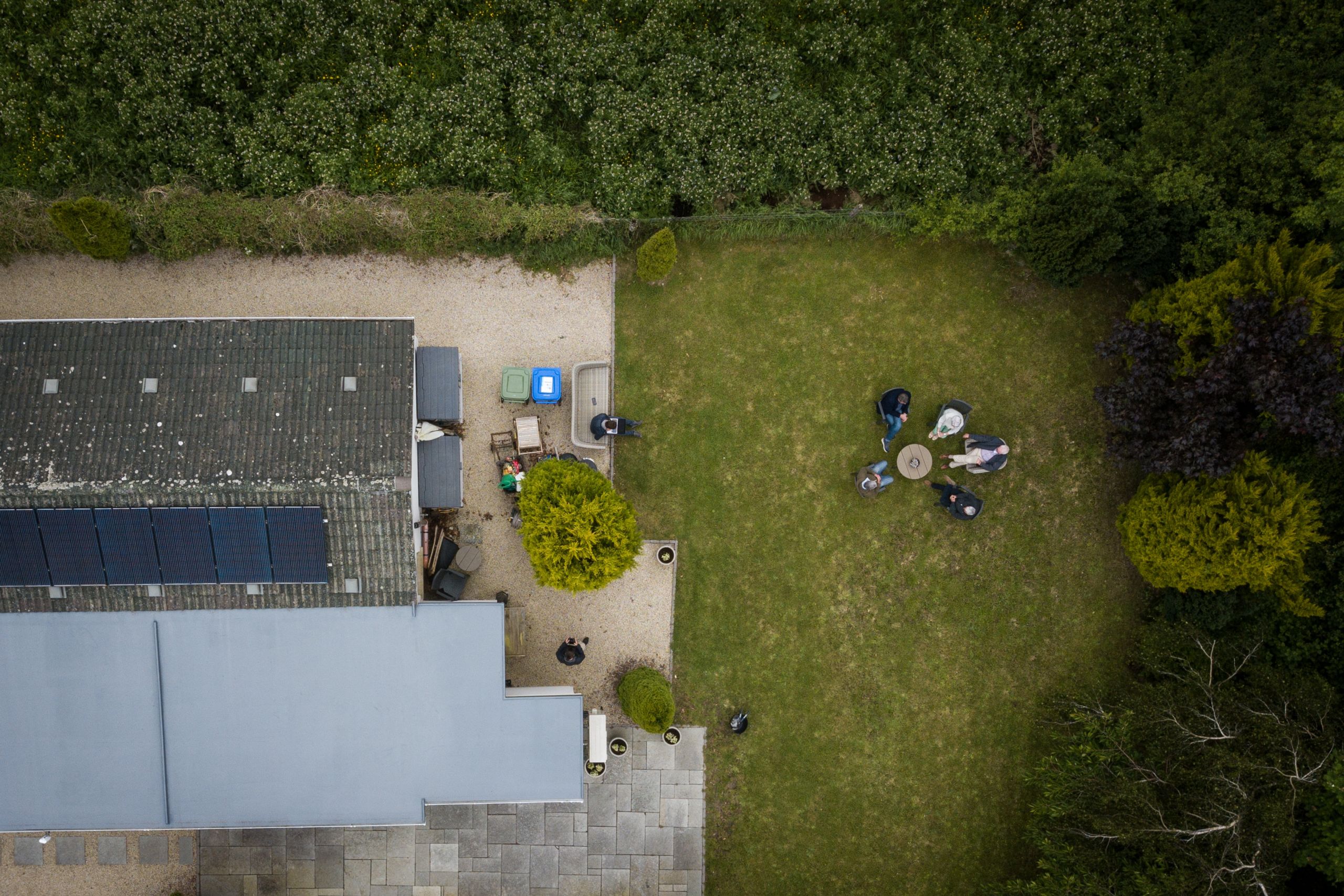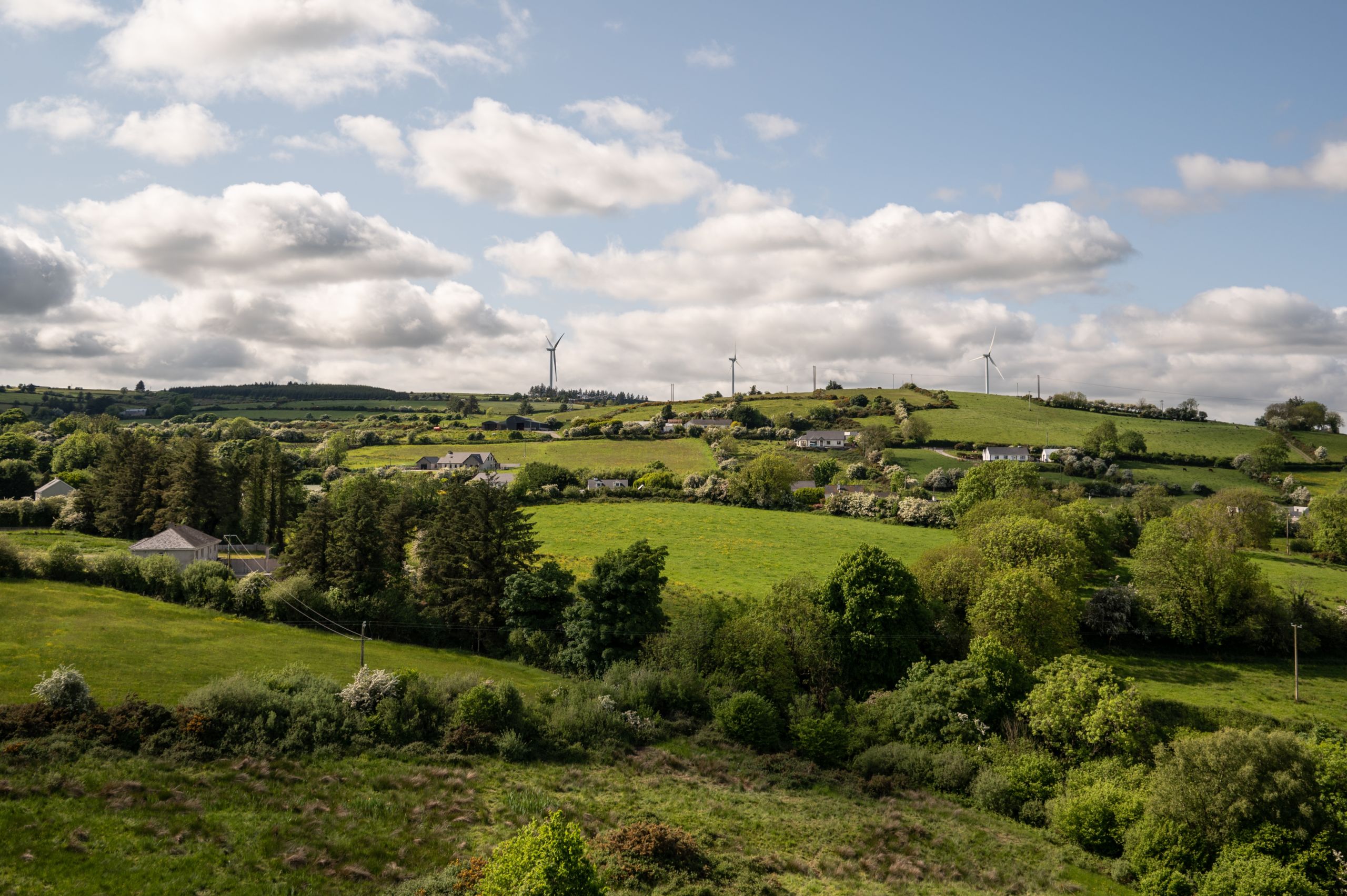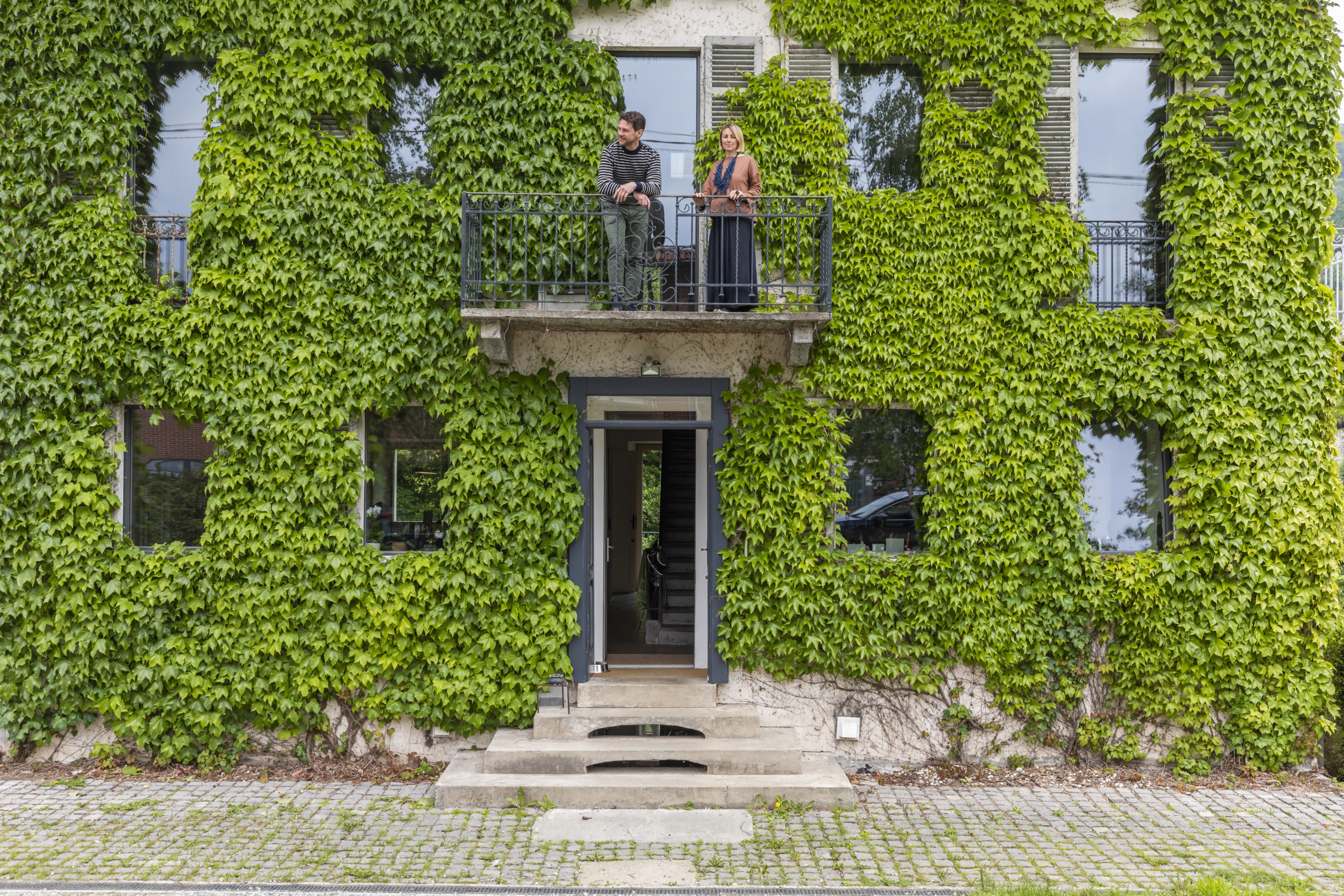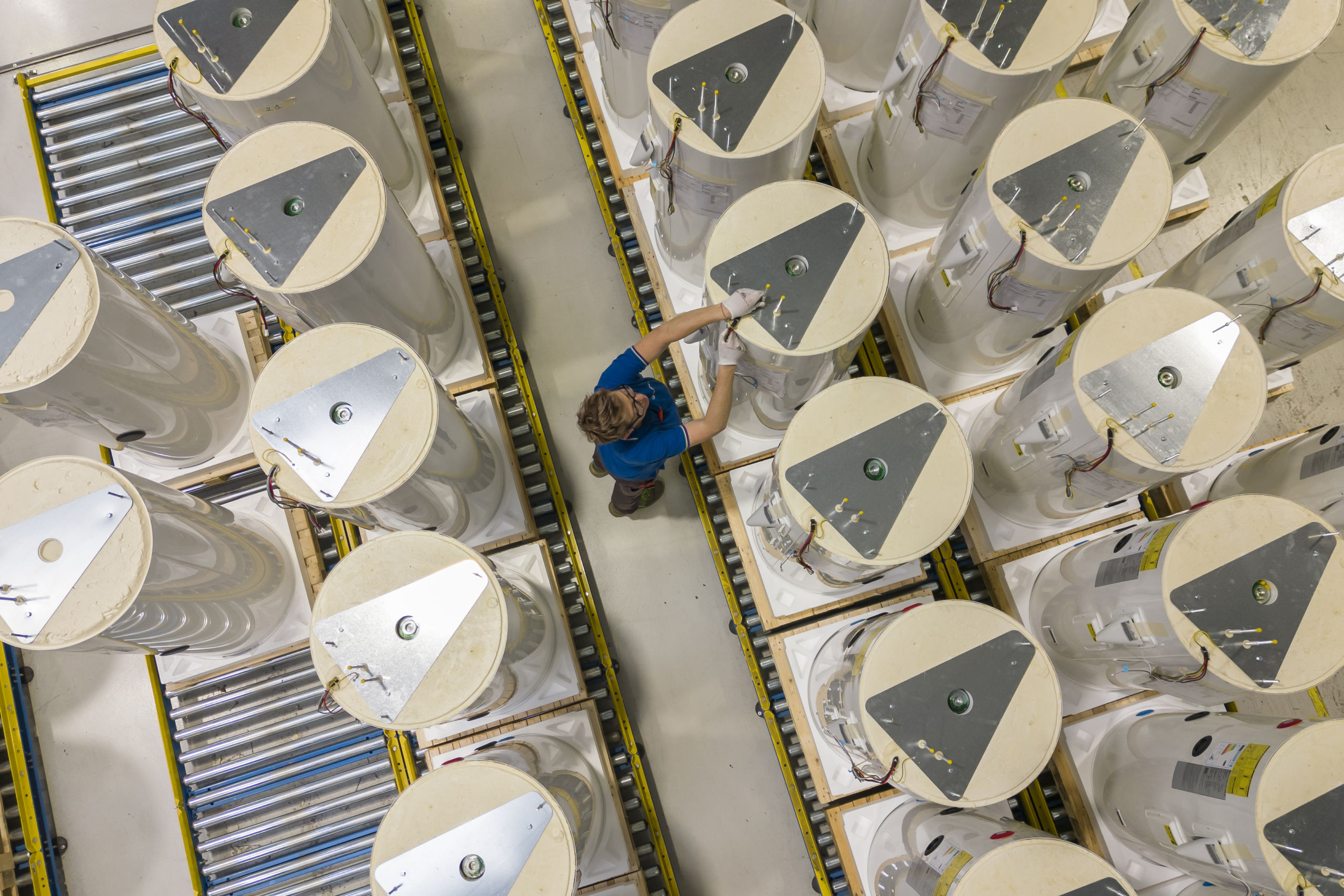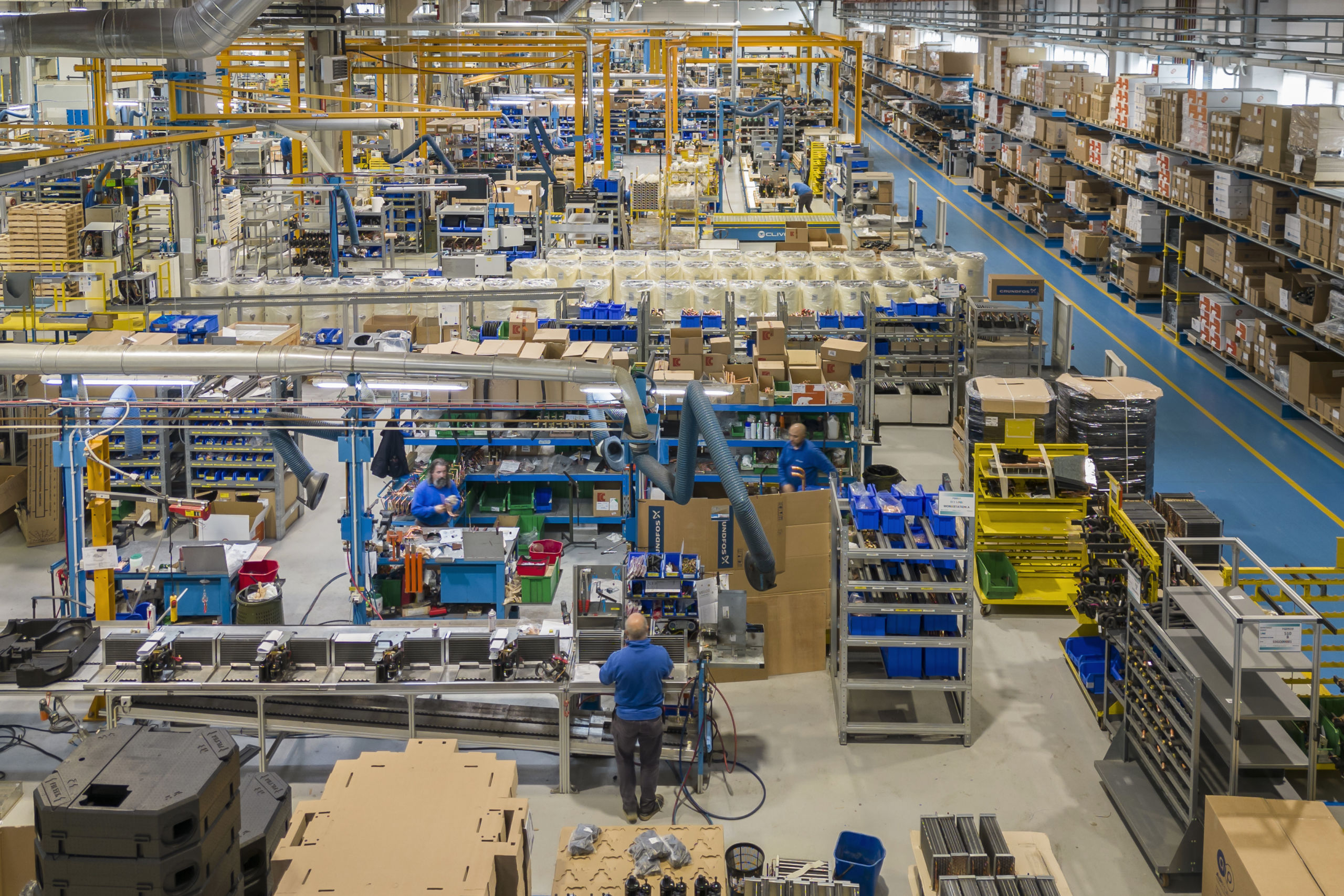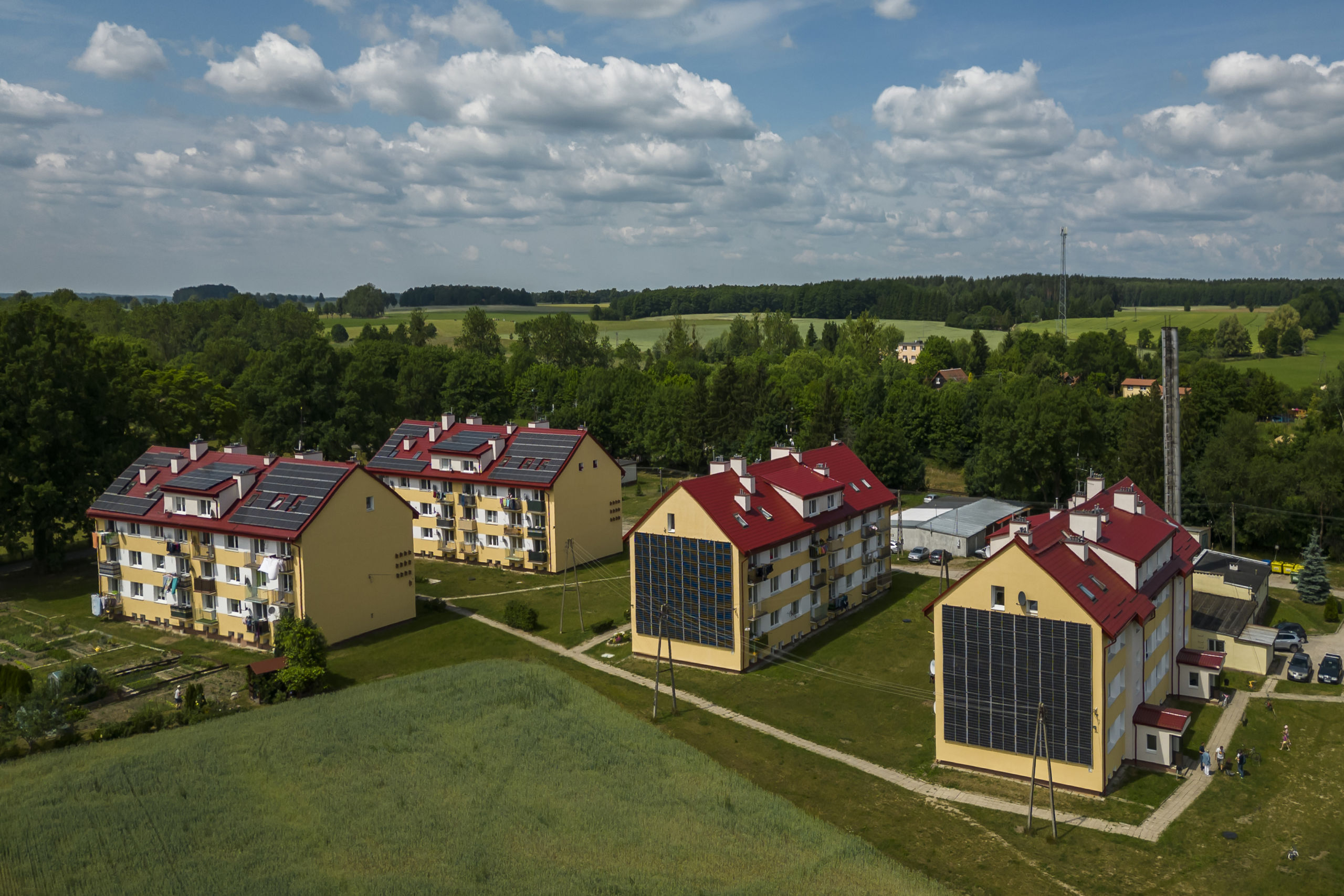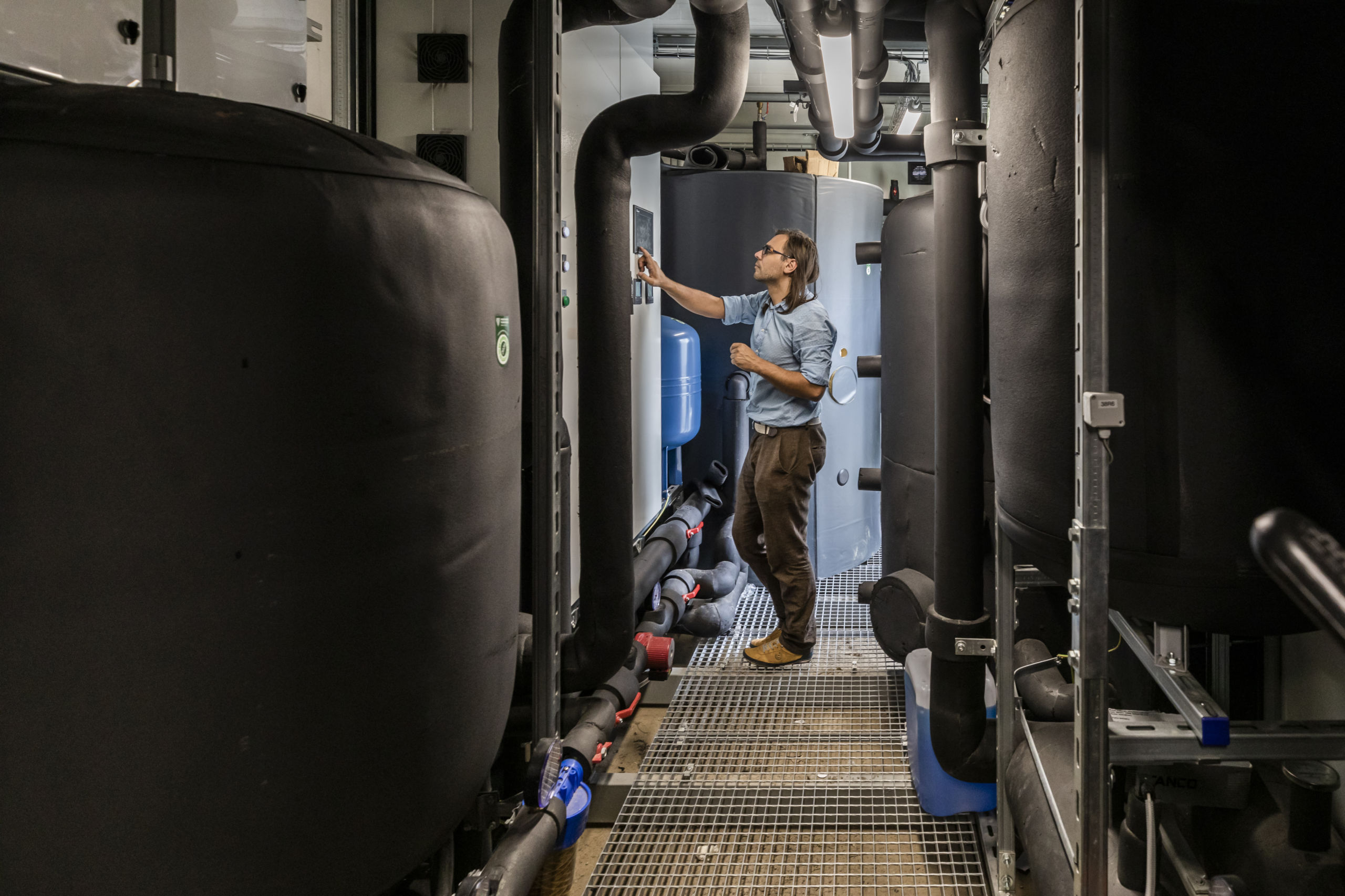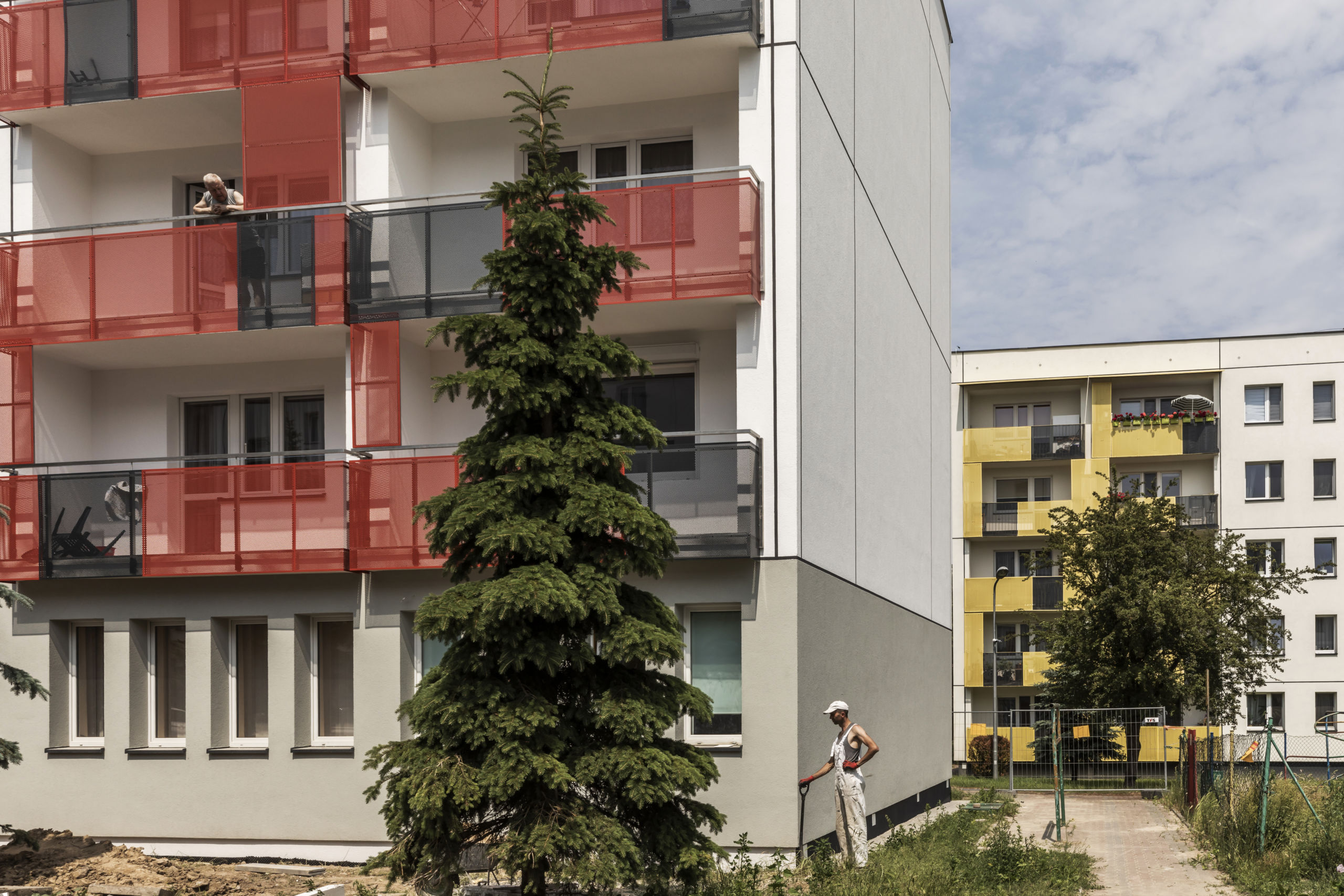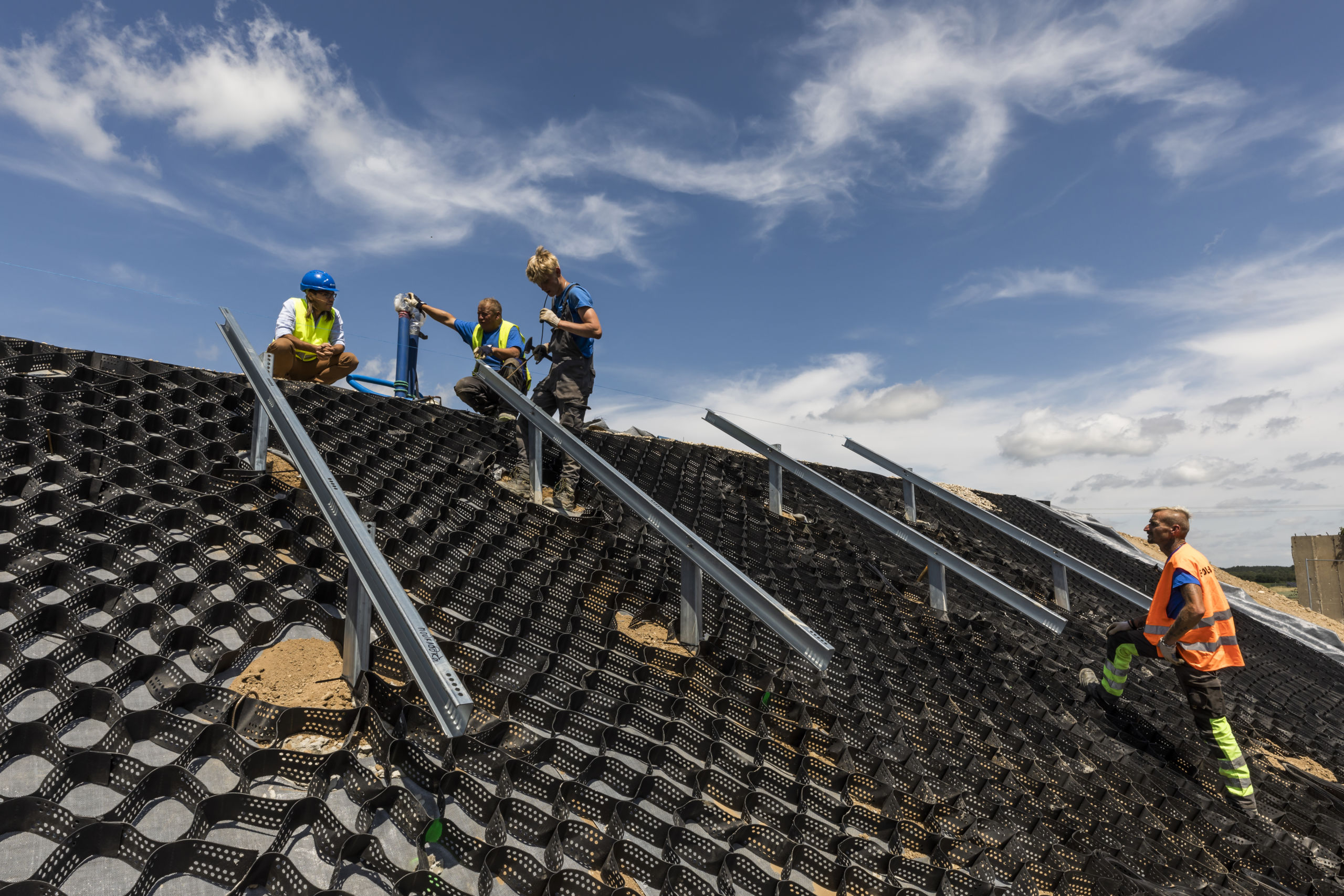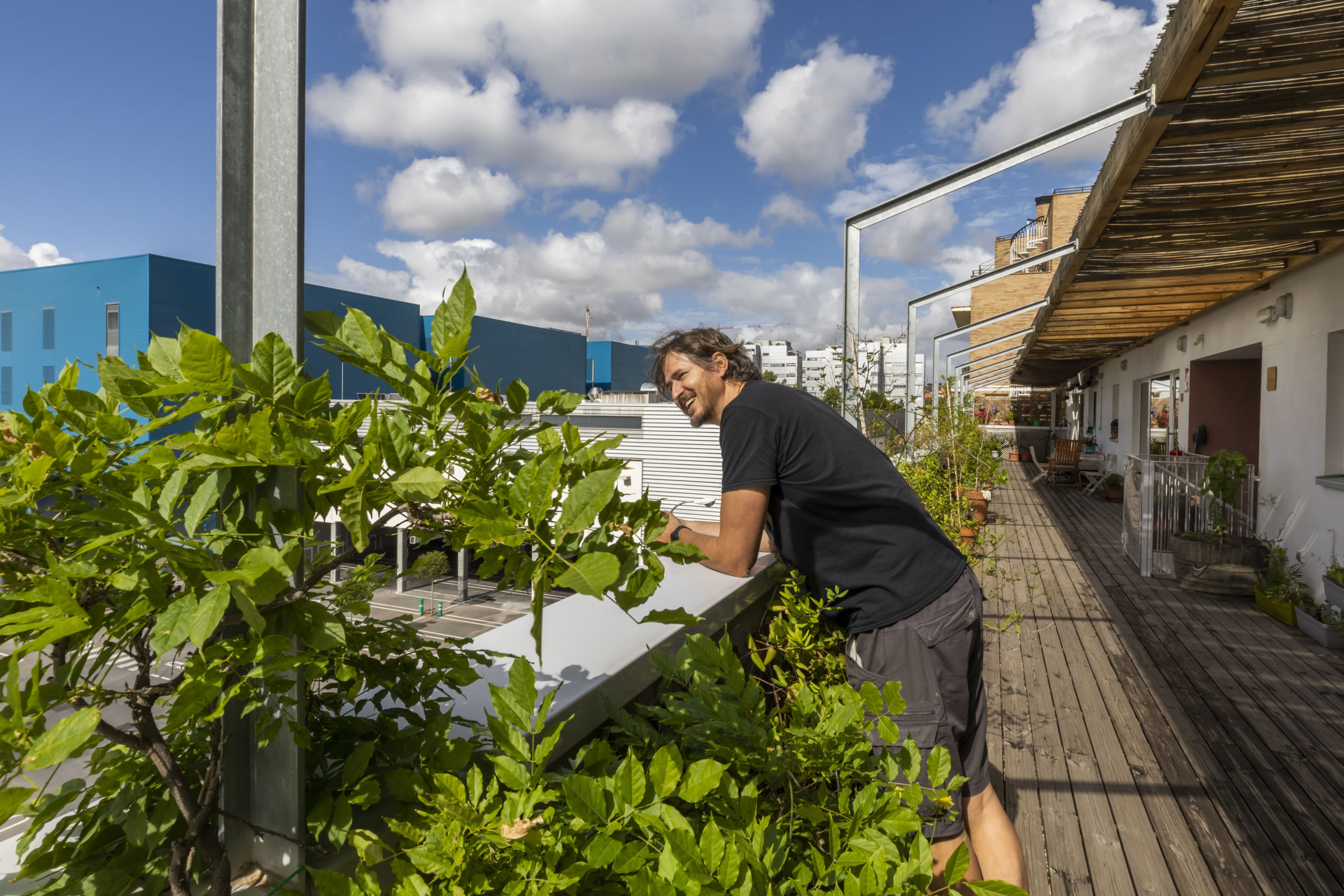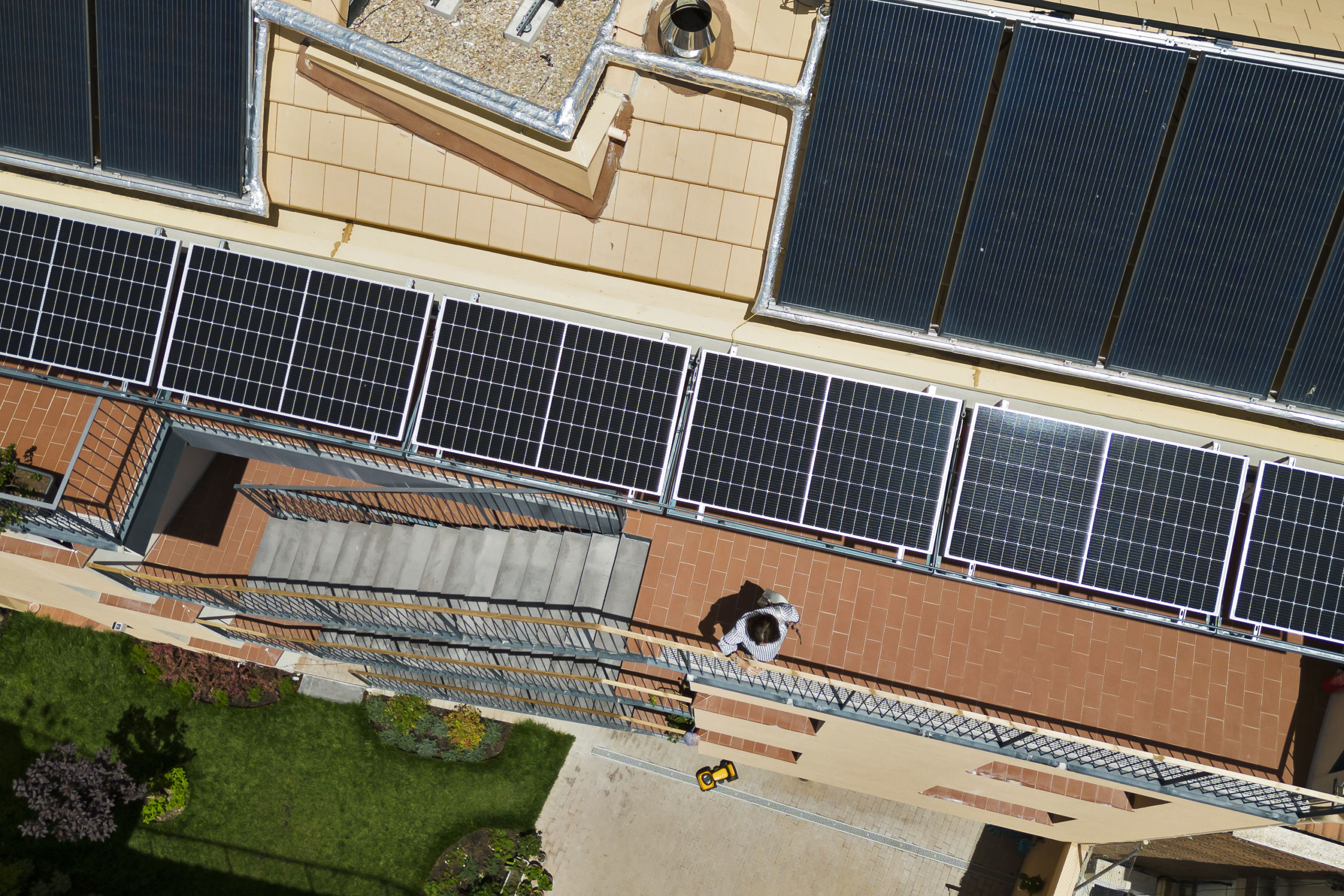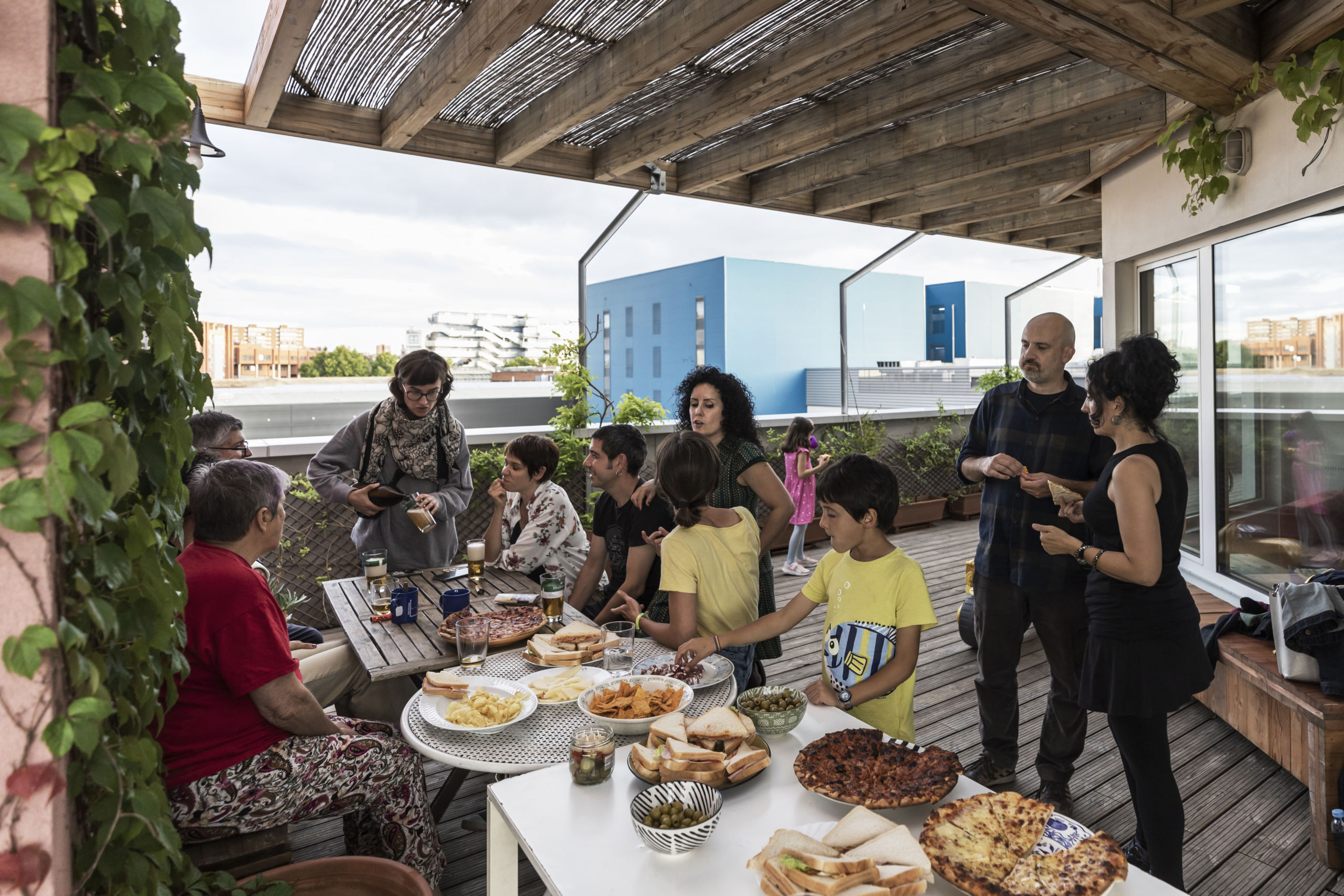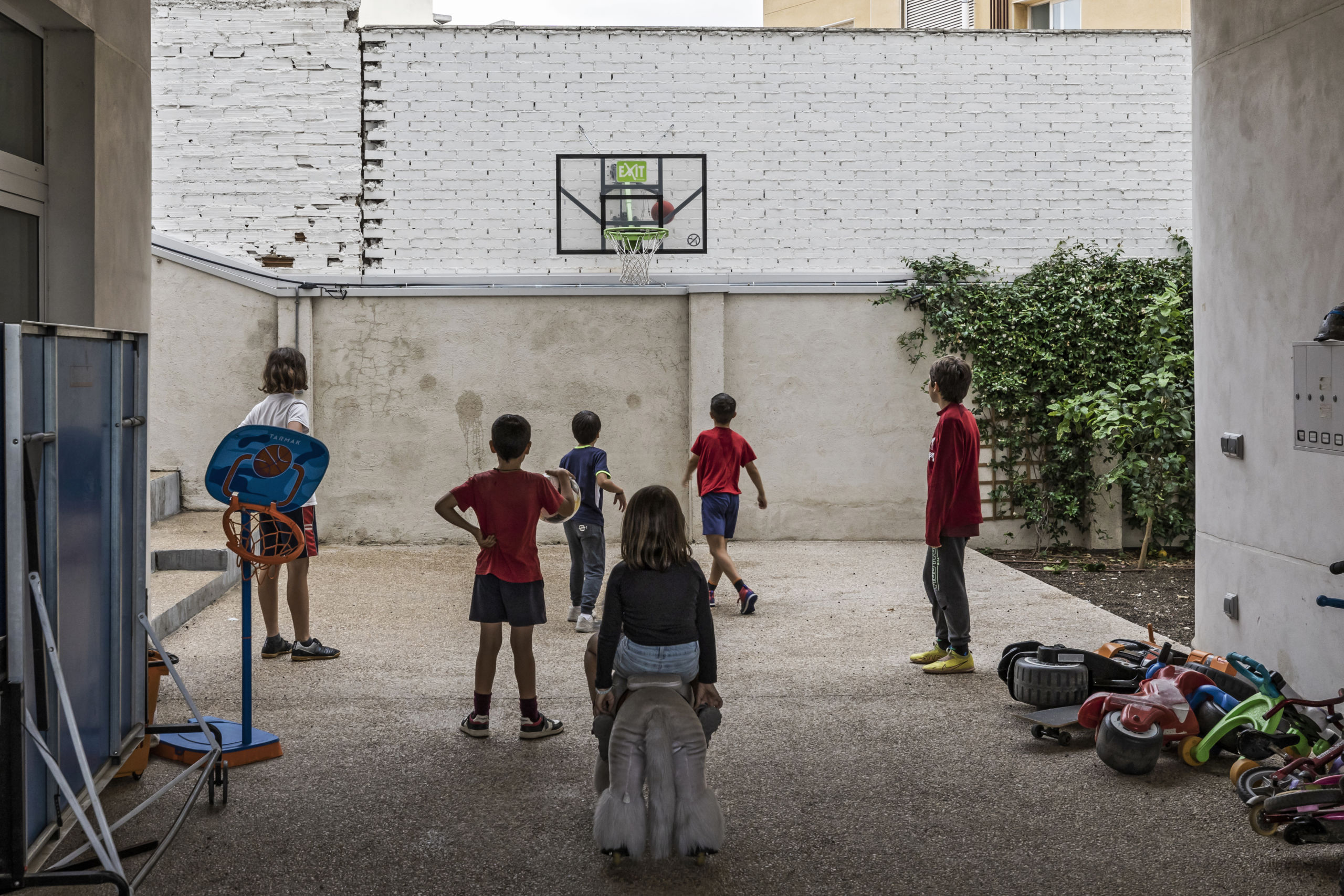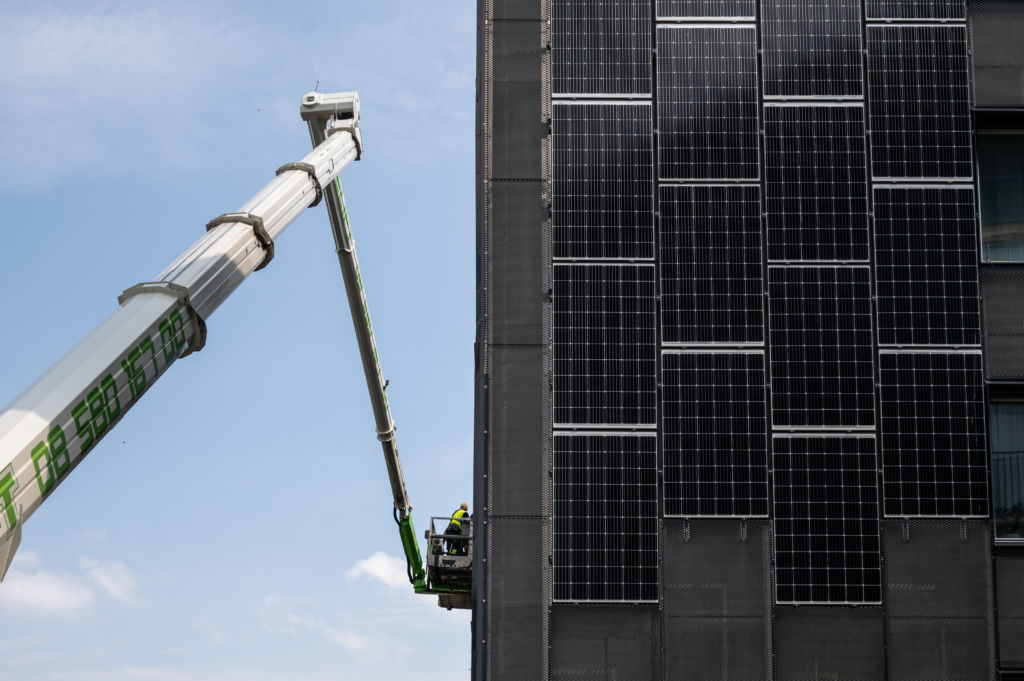Through a carefully curated selection, the project portrays five different realities of the green transition of the building sector that were later featured in numerous national and international media outlets, reaching a worldwide audience. The stories appeared on the pages of major publications such as La Repubblica, We Demain, The Big Issue, Rhythms Monthly, Travel Globe, and Vi Menn Magazine.
This reach was the result of an overall communications effort aiming to share positive stories about the transition and to demonstrate the choices people can make to help accelerate the ecological transition.
Furthermore, some of these stories have been positively recognised, triggering further action and attention. The ECTC in Ireland has become an accelerator of energy-efficient interventions, attracting the attention of other neighbouring areas. Thanks to the work undertaken in Poland, residents in interviewed neighbourhoods produce all the heat and electricity they need without fear of higher household bills. And the Spanish Entrepatios was recognised with the Low Carbon Prize in the 2020-2021 Green Solutions Awards and the 2019 European Collaborative Housing Award.

